Frequently asked questions

We love to answer your questions.
Check out frequently asked questions we get at our Saint Peters orthodontics office.
Please feel free to contact us if you need additional information. We are always happy to help you.
FAQs
Treatment plans vary based on the complexity of each case, so our team must carefully review the circumstances of each patient before the cost can be determined. We never want to let finances stand in the way of a beautiful smile, and our treatment coordinators will work within any budget and find a way to create an affordable payment plan for every patient.
To help make orthodontic treatment possible for many of our patients, Unger Orthodontics accepts most major insurance plans as well as Health Savings Accounts (HSA) and Flexible Spending Accounts (FSA). Our team is happy to verify your orthodontic benefits and process insurance claims as a service to you.
The process of getting your braces on does not hurt. However, you might feel some discomfort or sensitivity after they are applied, and when you get the wires adjusted. We recommend Ibuprofen every 4-6 hours and eating only soft foods, as you acclimate to your new normal.
With braces, it is very important to maintain good oral hygiene by brushing at least 4 times a day, and using fluoride toothpaste as prescribed. In addition, you should regularly floss and clean your brackets with the provided “interproximal” brush and flosser. This will help prevent permanent white spots (decalcification) from forming on your teeth, as well as swollen gums and tooth decay.
The American Association of Orthodontics recommends children to first be seen by an orthodontist at the age of 7 when permanent teeth begin to come in. These visits allow us to meet your child, introduce them to our team, and look for developing orthodontic problems! Contact us to schedule your child’s complimentary exam.
Unger Orthodontics accepts most insurance providers. We will call you to verify all benefits prior to your first appointment, and help explain the process.
Treatment times will vary for every person. This is dependent upon patient compliance, jaw growth, and the severity of the orthodontic condition.
Both braces and clear aligners like Invisalign are used to help people straighten their teeth and provide a healthier, more beautiful smile. But there are a couple of key differences!
Braces are attached to the teeth and are worn day in and out until treatment is finished. Invisalign consists of a series of see-through aligners that cover the teeth. They are removable and sometimes a more flexible option for those who prefer more discreet treatment.
Orthodontics is the branch of dentistry that specializes in the diagnosis, prevention, and treatment of dental and facial irregularities. Many types of appliances, including braces, are used to make these corrections.
A dentist may perform any type of orthodontic treatment he or she feels capable of doing. Orthodontists, however, are dental specialists who received a dental degree, and additionally must have at least two continuous years of advanced study in orthodontics as required by the American Dental Association. An orthodontist is an expert at moving teeth, helping jaws develop properly and working with the patient to help make sure the teeth stay in their new position. Only those who complete such a program and who have such expertise are eligible to belong to the American Association of Orthodontists.
Both dentists and orthodontics work together for the overall health and appearance of your smile. For recommendations on Unger Orthodontics’ preferred dental partners, talk to a member of our team!
